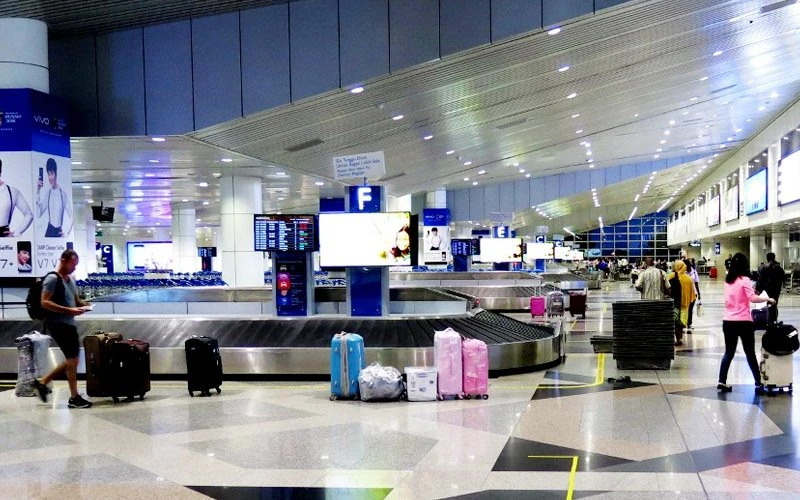2 October 2021
While the aviation and tourism industry nearly ground to a halt during the pandemic, much has been done at the KL International Airport (KLIA) to ensure the safety of travellers in the future, without compromising on the airport experience.
“We have not stopped working during the pandemic. We want to make sure we can provide the safest and most efficient experience for people once we are able to welcome them back,” Malaysia Airports group CEO Mohd Shukrie Mohd Salleh told FMT.
“We’ve looked at all aspects of the airport experience from start to finish, even the things people don’t often think about, in our attempts to give people the best possible service.”
For example, while obvious upgrades like thermal scanners and sneeze guards have been installed in airports across the country, Malaysia Airports has also been careful to pay attention to areas that travellers may not have considered.
Washrooms, for example, have been fitted with ultraviolet disinfection technology to prevent the transmission of airborne pathogens.

“We have also fitted the baggage-handling system with four purpose-built tunnels along the existing system to disinfect bags using ultraviolet rays,” said Mohd Shukrie. “This way, bags can be disinfected before they reach the travellers, so there’s no extra burden on them.”
This attention to detail extends to other parts of the travelling experience, too. Cashless food orders and payment have been rolled out to minimise contact and cut down on waiting times.
KLIA will also have facial recognition authentication installed at 75 touch points by the end of the year, including self-service kiosks, check-in counters, security checkpoints and boarding gates.
With authentication at each touchpoint estimated to last around five seconds, Malaysia Airports expects this to drastically reduce wait times, improve security and heighten the safety of passengers through state-of-the-art technology promoting minimal contact.
Additionally, 3D sensors have been installed to actively monitor the number of people in high-traffic areas and provide real-time feedback to staff tasked with ensuring SOP compliance.
“The system can also detect long queues and traveller build-up so the Airport Operations Control Centre (AOCC) can be alerted and resources deployed to help deliver prompt service and smooth passenger flow. Ideally, waiting time can be kept to under 10 minutes.”
One of the more recent developments has been the installation of the “Foreign Object Debris (FOD) Detection System” along the tarmac, consisting of an array of radar towers that can detect objects from a distance of 500m away in just 10 seconds and relay the information to staff swiftly using radio over fibre technology.
“This can help ground crew detect potential safety concerns like wildlife or debris that may be on the runway. High-resolution images of the hazard are relayed almost immediately to the crew for them to clear it quickly and effectively,” Mohd Shukrie said.
Malaysia Airports’ efforts to improve passenger safety have not gone unnoticed. Five of its international airports in Malaysia, including KLIA, Kuching International Airport, Langkawi International Airport, Kota Kinabalu International Airport and Penang International Airport, as well as its Turkish asset, Istanbul Sabiha Gokcen International Airport, received the Airport Health Accreditation (AHA) from the Airports Council International (ACI), which affirms that the airports meet global standards.
This is in addition to the British Standards Institution ruling that the measures taken by Malaysia Airports are up to its most recent international standards.
Source: www.freemalaysiatoday.com
Site Search
Did you find what you are looking for? Try out the enhanced Google Search: